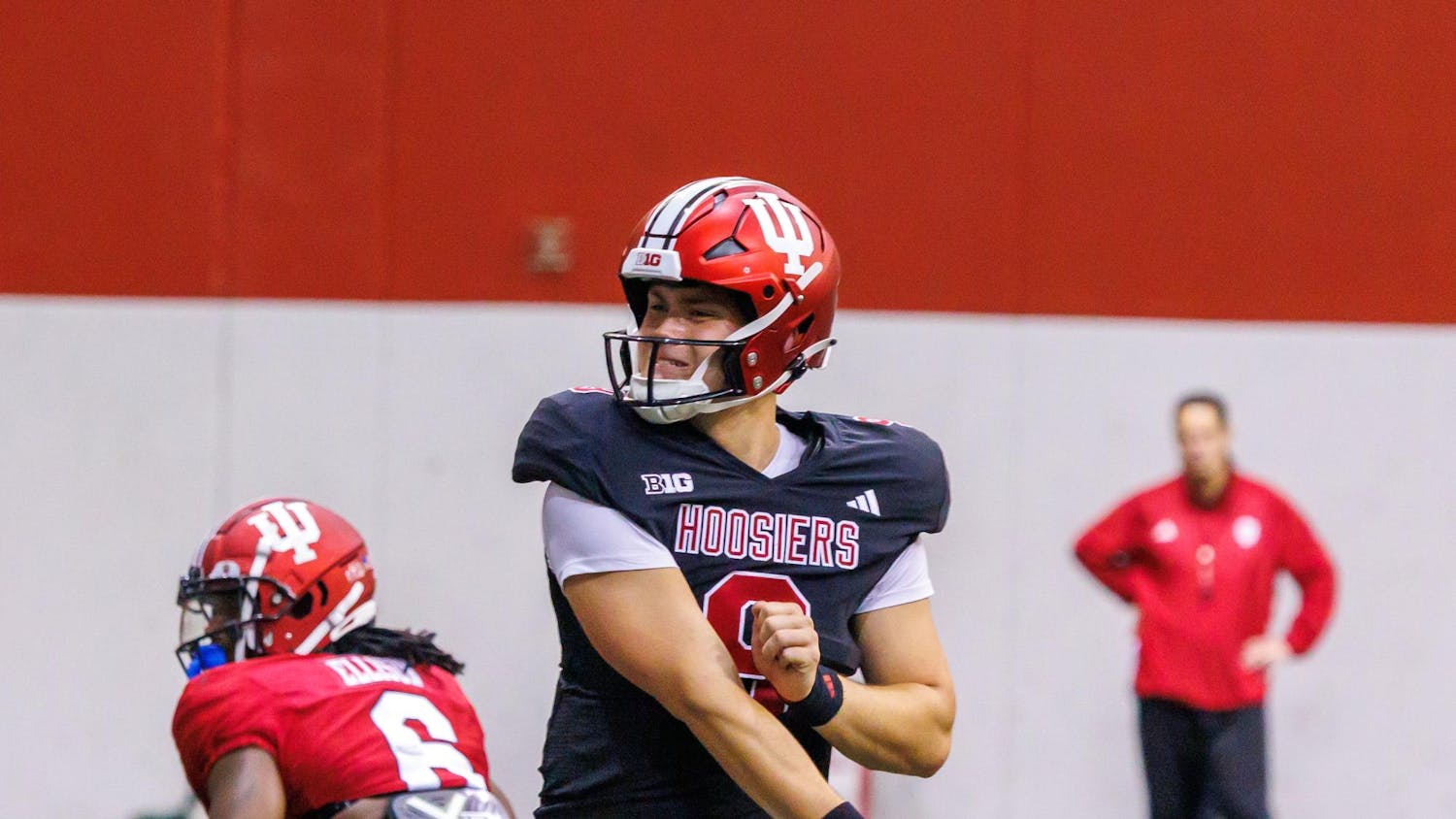College students have many concerns, and preparing for retirement generally isn't one of them. \nBut long-term investments, whether they are in the form of a retirement fund, a mutual fund or the open market, can provide advantages for people who start investing at an early age.\nTo understand the substantial long-term growth potential of money, one need only examine the hypothetical example, provided by Kelley School Associate Professor of finance Utpal Bhattacharya, of a 19-year-old who invests $1 each year in a security with a five percent interest rate.\nIf a 19-year-old follows the investment pattern outlined by Bhattacharya, adding $1 to his or her account over a 46-year period, the account becomes worth $168.69. The $1 a year and a five percent return are both modest figures. With realistic returns and a more substantial annual investment, the amount grows exponentially, potentially reaching the hundreds of thousands without putting much strain on the investor's wallet. For instance, if $1,000 were invested annually, keeping the same five percent interest rate, the account grows to $168,690.\nTotal returns also decrease exponentially the longer one waits to invest.\nMany people look at the state of the economy and immediately back away from risking their money and retirement fund in a volatile market.\nFor older people, this strategy is probably the correct one, but an average college student need not worry about such risks. The unpredictable market in today's economy provides the perfect environment for a student investing small to average amounts of money in low cost mutual funds. A college student faces minimal risks, which is why it is beneficial to invest early. Greater risks are involved for those who do not have the time to recover from market downturns.\n"It's a great idea for a college student to start investing both because investing early provides more time for your investment to grow and also because it helps to teach the discipline of investing and saving at a young age," said Robert Dittmar, associate professor of finance in the business school.\nYoung investors must approach investing with some knowledge about which types of funds are available to them.\nTwo types of mutual funds that a young investor should be concerned with are active and passive funds. Both types give the investor diversification, but a passive fund will replicate the performance of an index and is typically cheaper than an active fund, where the investor typically hires a person to research specific stocks and determine which ones will perform well.\nAn example of a passive approach is when employers invest their employees' 401(k) plans. Active funds, even though they are heavily researched, often do not outperform the passive funds. Passive funds provide young investors an opportunity to gain a good annual return with a minimal investment.\nIt is recommended young investors to take a passive stance and leave the management of their money up to a financial advisor, said Clinical Associate Professor of finance Scott Smart.\n"The passive approach is probably best for most investors because it provides tremendous diversification benefits at very low cost, and passive investors on average outperform active investors once you account for the higher cost of active investing," Smart said.\nToday's young investors can take advantage of the economic situation by taking large risks with negligible losses and the possibility for high returns. Investing young gives investors the ability to learn about the various markets, develop the discipline of saving and the time to gain perspective. Young people would be wise to take advantage of the opportunity because the knowledge they gain can benefit them as they get older and the value of their investments will increase along with their risks.
Investing toward future financial freedom
Get stories like this in your inbox
Subscribe





